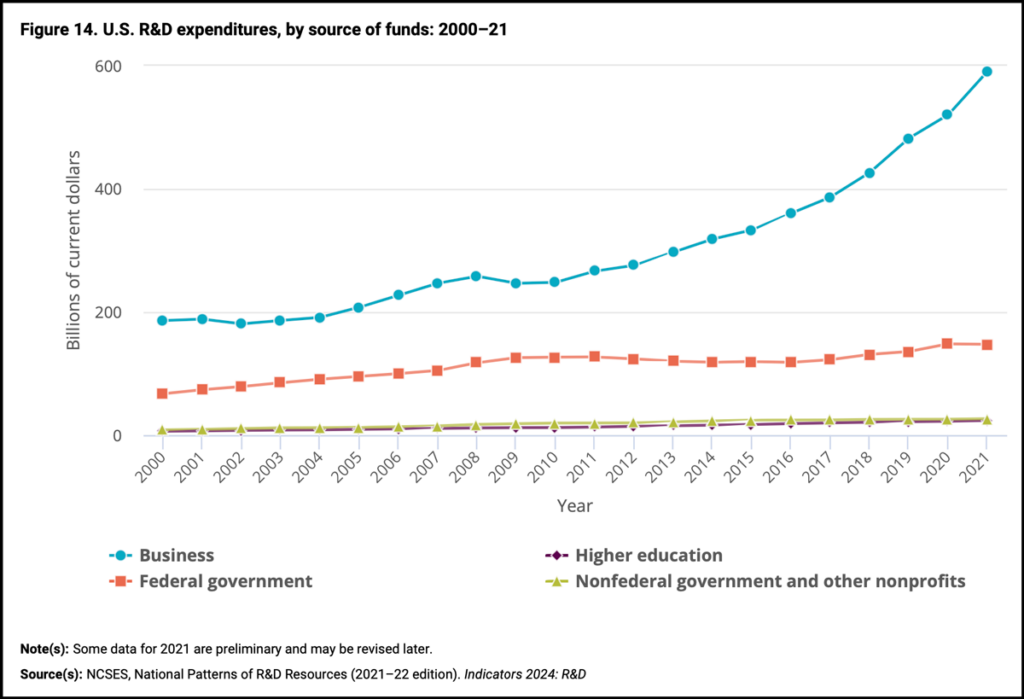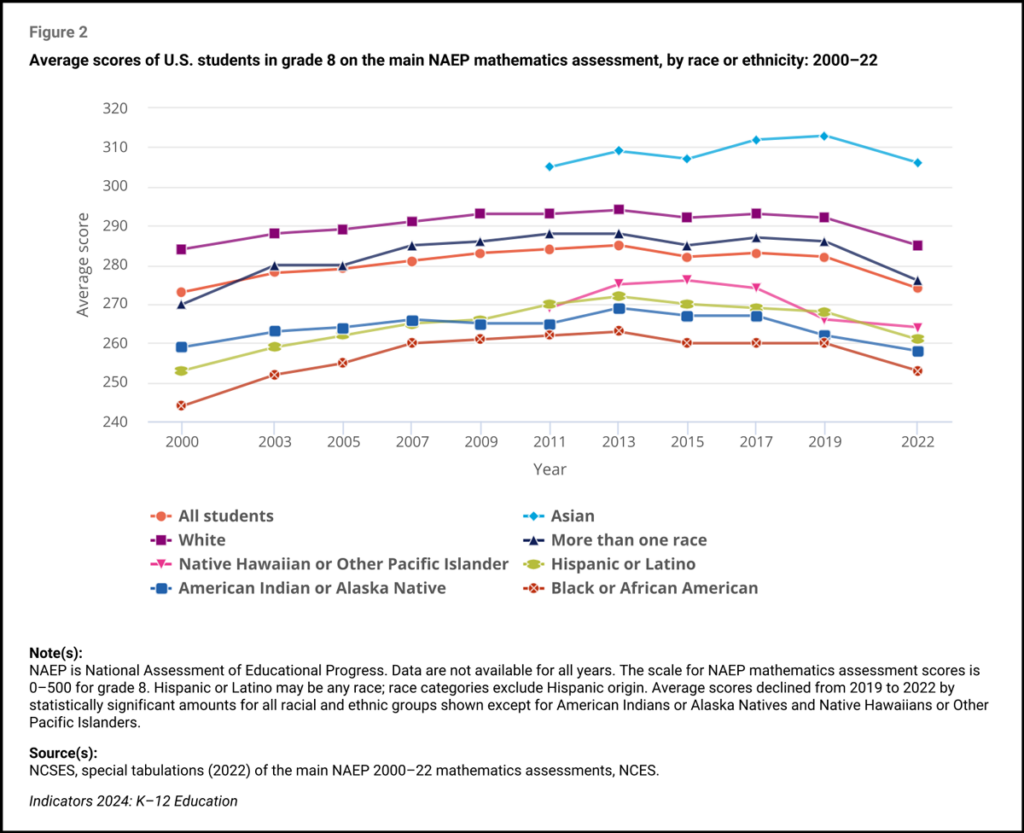U.S. science, technology, engineering, and mathematics (STEM) education, research, and development need more funding and support to remain competitive on a global scale, according to a federally mandated report evaluating the country’s global position in science and engineering.
The report found that though the United States leads the world in research and development funding, at about $800 billion, other countries are catching up, making U.S. support of domestic STEM talent ever more important. The Science and Engineering Indicators report is released every 2 years by the National Science Board, which governs the National Science Foundation and advises Congress and the president on science policy.
“For the U.S. to maintain leadership in science and technology, and the societal and economic impacts that result, we must invest in and accelerate our commitment to STEM,” said Sethuraman Panchanathan, director of the U.S. National Science Foundation, in a statement.
The report emphasized that flat federal funding for research and development is creating a crisis-level lack of support for domestic STEM talent that has increased the country’s reliance on scientists and engineers from abroad.
“It’s not a given that the U.S. will continue to attract and retain highly competent international STEM talent.”
As other countries increase their own support of STEM workers, the United States risks losing those workers, too, said Maureen Condic, chair of the National Science Board’s Committee on National Science and Engineering Policy and a neurobiologist at the University of Utah, at a press conference. “It’s not a given that the U.S. will continue to attract and retain highly competent international STEM talent,” she said. Overall, workers born outside the United States accounted for 19% of the country’s STEM workforce in 2021.
Developing and retaining STEM talent are an “incredibly important piece of the puzzle,” said Matt Hourihan, associate director of research and development at the Federation of American Scientists, a policy research and advocacy organization.“There are smart and talented scientists and engineers all over the world,” he said. One key to keeping the nation competitive on a global scale is “pursuing policy actions that continue to make us the most attractive place for talent.”
The report also noted that though spending on research and development is high in the United States, most of that spending comes from businesses rather than the federal government. In 2021, 75% of research and development expenditures came from private sources.

Though investments from both the private and public sectors are important for long-term competitiveness, they serve different purposes, Hourihan said. The results of publicly funded research tend to be more accessible to the public, whereas industrial research isn’t always widely shared. That can limit collaborations and the free flow of scientific ideas, he explained. Public and private investments “are not substitutes for each other,” he said. “They’re complements.”
The report’s authors said in a statement that the United States must appropriate robust funding to federal science agencies and take advantage of policies such as the 2022 CHIPS and Science Act to ensure that the country remains competitive.
President Joe Biden’s recently proposed budget for fiscal year 2025 includes some increases for federal research agencies, but Congress will have the final say on how money is spent. The CHIPS and Science Act authorized up to $35 billion in funding for science agencies, but Biden’s proposal asks for just $20 billion, disappointing some science advocates, Nature reported.
Dropping Scores
Mathematics scores for American students are also slipping: From 2020 to 2023, the average math assessment score for 13-year-old students dropped 9 percentage points. The gap between the highest-scoring and lowest-scoring students in mathematics has widened as well and is now the largest it has been since the assessment began in 1978.
The report named the COVID-19 pandemic as one of the causes of the drop, though test scores in math and science have stagnated for years.

Black students, American Indian students, and students eligible for free or reduced-cost school lunch had the largest drops in mathematics scores from 2020 to 2023. Those discrepancies extend into higher education as well: Hispanic or Latino, Black, and American Indian students are underrepresented among science and engineering degree recipients, according to the report.
“The nation must rapidly recruit, train, and retain diverse STEM educators, particularly for underserved student populations and school districts,” Condic said at the press conference.
A major barrier to cultivating STEM talent in the United States is the expense of higher education. A National Science Board policy brief based on the new report recommended making higher education more accessible by increasing scholarships for low-income students, investing in community colleges and minority-serving institutions such as historically Black colleges and universities, and increasing Pell Grant amounts, among other actions. For doctoral students, increased stipends and additional benefits are needed, according to the brief.
“Investment in education at all levels is greatly needed in our country,” Condic said at the press conference.
—Grace van Deelen (@GVD__), Staff Writer


